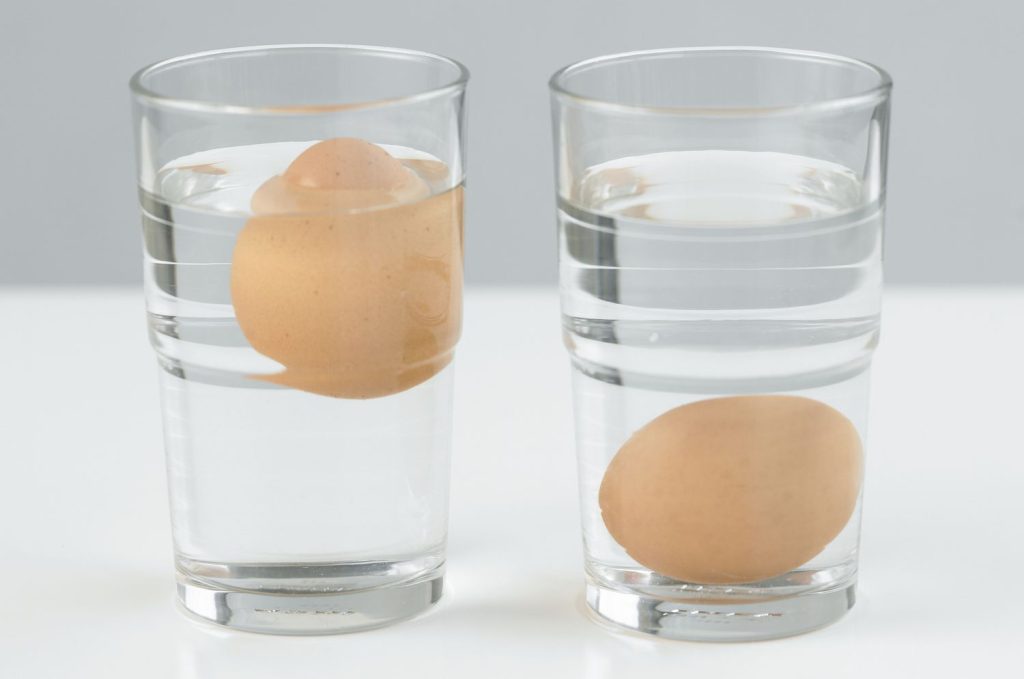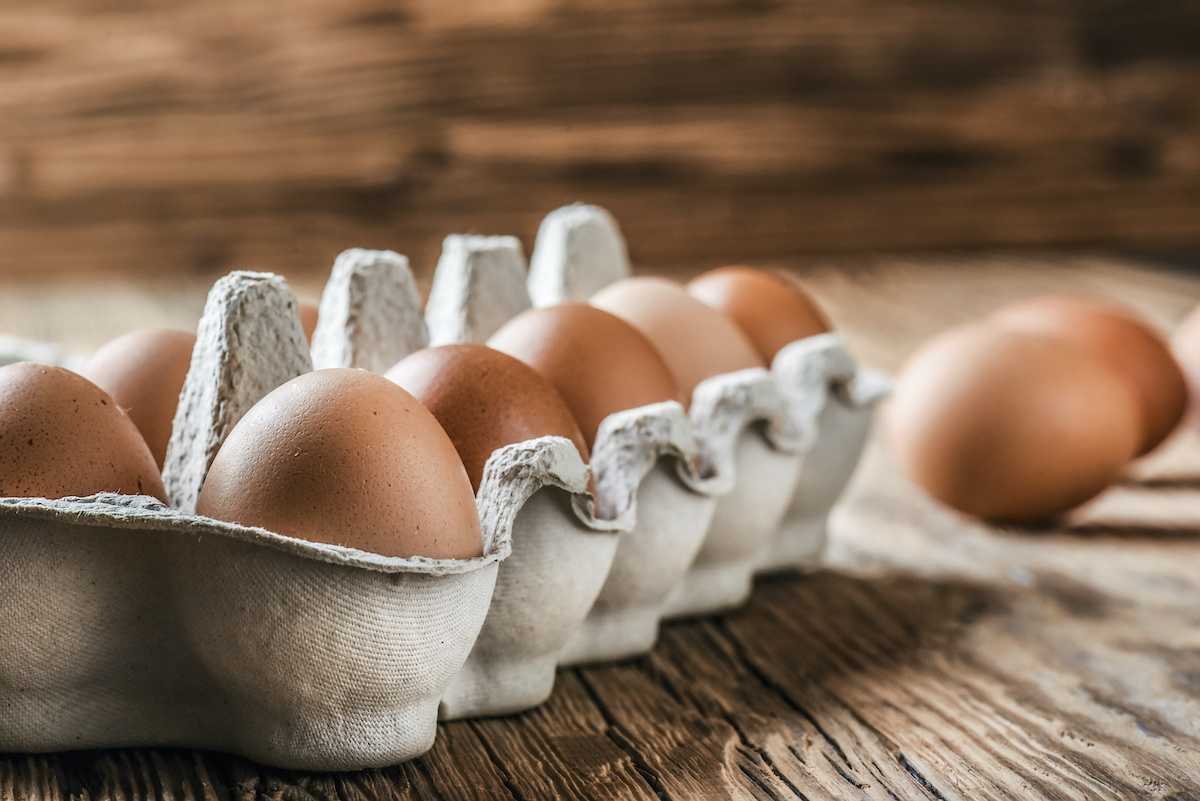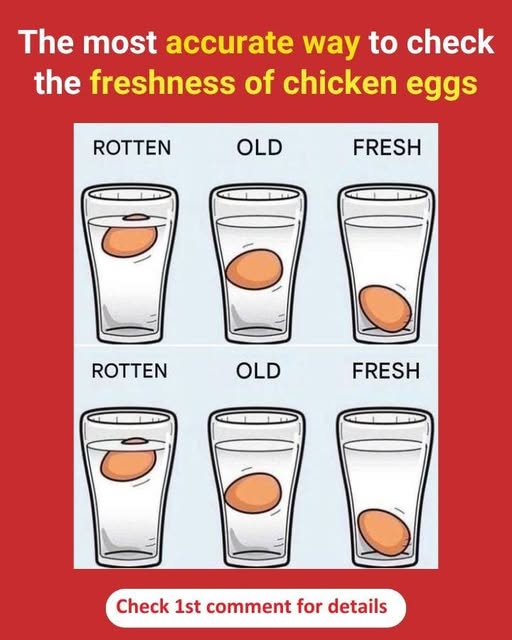In today’s world of convenience foods and pre-packaged meals, it’s easy to overlook the basics—like ensuring the freshness of the eggs we use daily. While eggs are a staple in countless recipes, using a spoiled one can ruin a dish and pose health risks. Fortunately, a traditional method passed down through generations offers a simple solution. Known as Nana’s egg freshness test, this technique requires nothing more than a bowl of water and a few moments of your time.
Why Egg Freshness Matters
Fresh eggs are essential not only for taste but also for safety. In baking, they provide better structure and rise, while in cooking, they offer superior texture and flavor. More importantly, consuming spoiled eggs can lead to foodborne illnesses like salmonella. Therefore, knowing how to determine an egg’s freshness is a valuable skill for any home cook.

The Science Behind the Water Test
As eggs age, the small air pocket inside them grows due to moisture and carbon dioxide escaping through the porous shell. This increase in the air pocket’s size affects the egg’s buoyancy. By observing how an egg behaves in water, you can gauge its freshness:
- Sinks and lies flat: The egg is fresh.
- Sinks but stands upright: The egg is still safe to eat but should be used soon.
- Floats: The egg is old and should be discarded.
Step-by-Step Guide to Nana’s Egg Freshness Test
- Fill a Bowl with Water: Use a clear bowl and fill it with cold tap water.
- Gently Place the Egg in the Water: Carefully lower the egg into the bowl.
- Observe the Egg’s Position: Refer to the behaviors outlined above to determine freshness.
This method is quick, easy, and requires no special equipment, making it perfect for everyday use.
Additional Tips for Egg Storage and Safety
- Refrigeration: Store eggs in the refrigerator to maintain freshness longer.
- Avoid Washing: Washing eggs can remove the protective bloom, leading to faster spoilage.
- Check for Cracks: Discard any eggs with cracked shells, as bacteria can enter through the cracks.
By following these simple practices, you can ensure that your eggs remain fresh and safe to consume.

Embracing Time-Tested Kitchen Wisdom
Nana’s egg freshness test is more than just a handy trick; it’s a testament to the value of traditional knowledge in modern kitchens. In an age where technology often overshadows simplicity, this method reminds us that sometimes, the best solutions are the ones passed down through generations. So next time you’re unsure about an egg’s freshness, remember Nana’s advice—just add water.
Conclusion
What makes Nana’s egg test so enduring is its blend of simplicity and effectiveness. In a world overflowing with smart gadgets and complicated kitchen tools, it’s refreshing to rely on a method that requires nothing more than water and common sense. It’s not only useful for home cooks—teachers, students, and even chefs have found it helpful when needing a quick freshness check. Plus, it reduces waste by helping you confidently use eggs that are still safe, instead of throwing them away just because the date has passed. It’s a small act, but one that adds up to smarter, more mindful cooking.

















